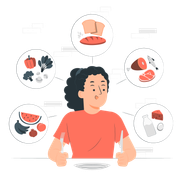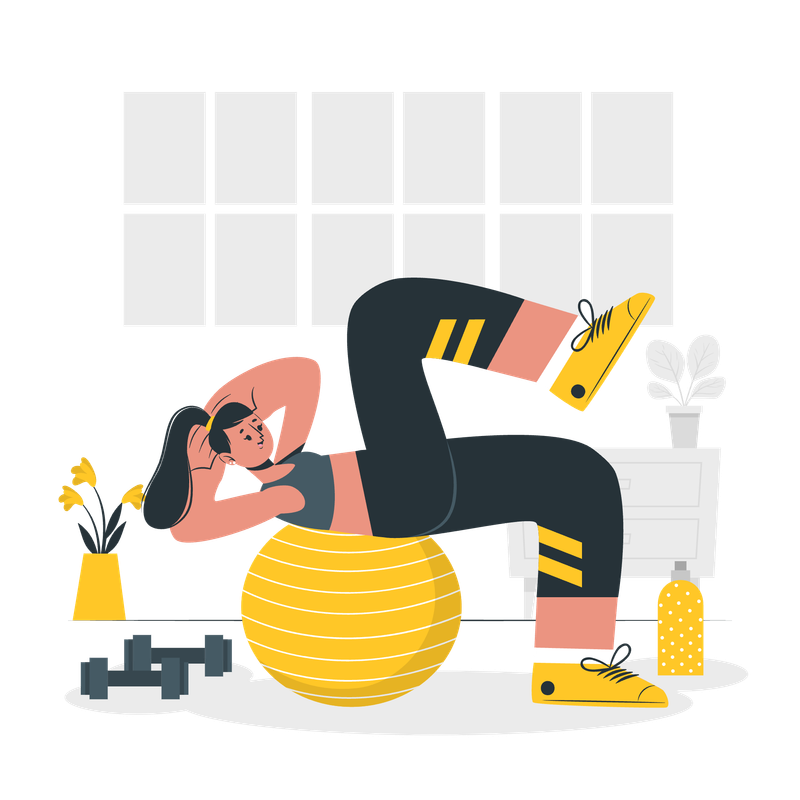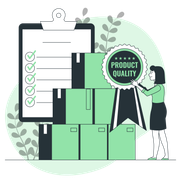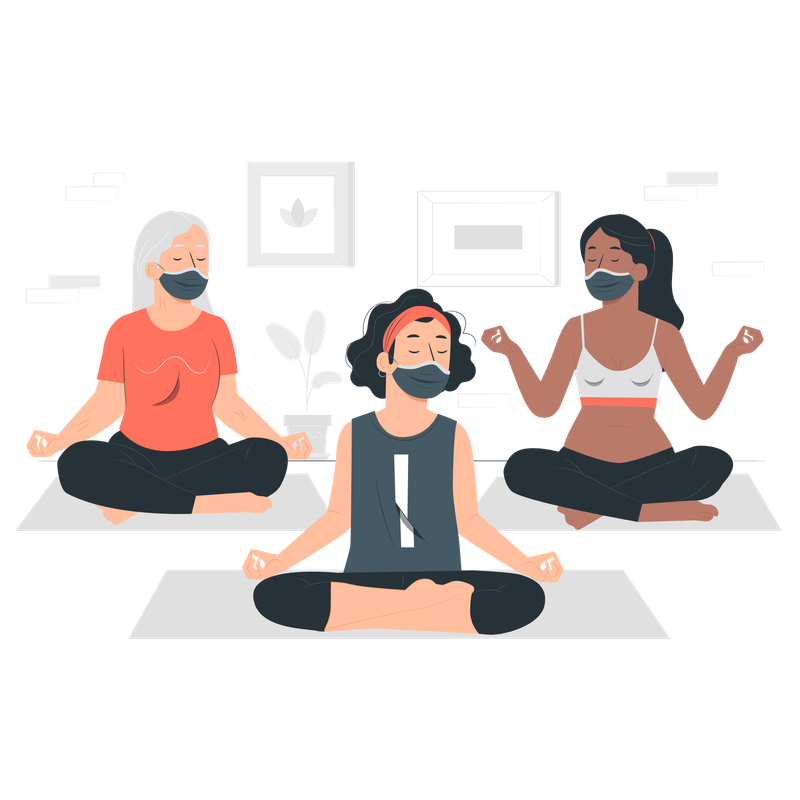Why Venous Insufficiency Is a Growing Concern in the U.S.—And What You Can Do About It
It started with something small—just a bit of swelling in the ankles after work. At first, Jane thought it was just tiredness. Maybe she’d stood too long or hadn’t drunk enough water.But weeks passed, and it didn’t go away. Then came the aching, the heaviness in her legs, and eventually, the spider veins.
She had no idea she was experiencing venous insufficiency—a circulatory issue that’s becoming increasingly common in the U.S.
If you’ve ever felt swelling, pain, or fatigue in your legs, or noticed visible veins popping up where they didn’t used to be, this post is for you. Let’s break down what venous insufficiency is, why it’s trending, and how to protect yourself.
What Is Venous Insufficiency?
At its core, chronic venous insufficiency (CVI) is a condition where the veins in your legs don’t work as they should.
Normally, veins carry blood back to your heart. But when the valves inside those veins weaken or get damaged, blood can flow backward and pool in the legs. That’s when the swelling, discomfort, and varicose veins begin.
Over time, this can lead to more serious problems—like skin ulcers, blood clots, or deep vein thrombosis.
Why Is Venous Insufficiency on the Rise in the U.S.?
Several trends are fueling the increase in venous insufficiency, especially in adults over 40:
🔹 Sedentary Lifestyles
More Americans are spending long hours sitting—at desks, in traffic, or on the couch. When you sit for too long, blood flow slows, putting pressure on your leg veins.
🔹 Obesity and Weight Gain
Extra weight adds pressure on the veins, especially in the lower body. Obesity is one of the strongest risk factors for venous issues.
🔹 Aging Population
As we age, vein walls and valves naturally weaken. With a growing senior population, it’s no surprise CVI cases are rising.
🔹 Genetics and Hormones
Women are more likely to develop CVI, especially during pregnancy or menopause. And if your parents had varicose veins, your chances are higher too.
How to Know If You Might Have Venous Insufficiency
The symptoms can sneak up slowly. Here are a few early signs to watch for:
Persistent swelling in the ankles or lower legs
A feeling of heaviness or aching in the legs, especially after standing
Cramping, itchiness, or restlessness in the legs
Appearance of varicose or spider veins
Skin discoloration near the ankles
In more advanced cases: open sores or ulcers that are slow to heal
If these sound familiar, it’s worth discussing with a doctor or vein specialist.
Diagnosis and Treatment: What to Expect
🩺 Diagnosis
Doctors usually perform a physical exam and may use a Doppler ultrasound to see how well your blood is flowing through your leg veins.
💊 Treatment Options
Treatment depends on the severity. Some common solutions include:
Compression stockings – These help push blood back up toward the heart. They’re often the first line of defense.
Lifestyle changes – Losing weight, exercising, and avoiding long periods of standing or sitting can make a big difference.
Medications – Some medications improve circulation or relieve symptoms.
Minimally invasive procedures – In severe cases, doctors may recommend vein ablation (laser or radiofrequency), sclerotherapy, or vein stripping.
Good news: These treatments are often outpatient, relatively painless, and effective.
How to Protect Your Legs (Even If You’re Not Diagnosed Yet)
Even if you don’t have venous insufficiency now, prevention is always better than cure.
✅ Move More
Avoid sitting or standing still for too long. Set a timer to stretch or walk every hour—especially if you work at a desk.
✅ Elevate Your Legs
At the end of the day, lie down and prop your legs up above heart level for 15–20 minutes. This helps reduce swelling.
✅ Stay Hydrated and Eat Right
A fiber-rich, anti-inflammatory diet and plenty of water help circulation and reduce vein pressure.
✅ Wear Compression Socks (If Needed)
If you’re on your feet a lot or have mild symptoms, compression gear can be a lifesaver—literally.
✅ Maintain a Healthy Weight
Even a small amount of weight loss can reduce strain on your legs
Final Thoughts: Listen to Your Legs
Venous insufficiency might sound like a small problem—but left untreated, it can snowball into major health concerns.
If you notice any persistent symptoms—don’t brush them off. Your body has its way of warning you, and your legs often speak first.
With awareness, early care, and a few smart habits, you can stay ahead of this growing issue and keep your legs healthy for life.






